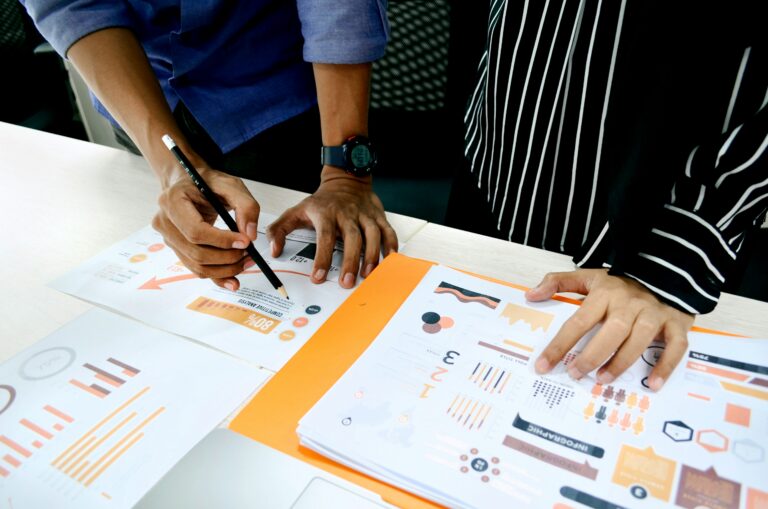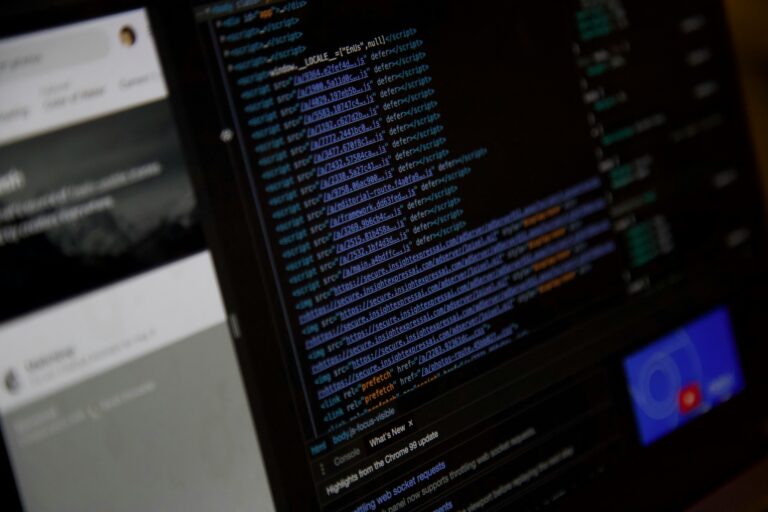How to create change? This question comes up a lot, largely because we’re often learning in order to change.
There are lots of answers to the “change” question. Some of them revolve around habits. Some revolve around rules.But, I think we often miss the deeply social side of the change equation. To help understand this idea, consider that during World War II, the U.S. Army hoped to answer the question: Why do men fight?
The question should have been easy to answer—we’ve been fighting wars for thousands of years.
We don’t see others as the solution to our problems—or as central to our future well-being.”
But the question of bravery is harder than it seems, and at the start of World War II, the army didn’t have a reliable approach for inspiring its new recruits. Generals seemed to think that bravery was a mix of self-interest and patriotism, and when studies suggested that morale was low, the army often tried to appeal to the soldiers’ inner ego. They talked about pride and changed pay structures and created a point system so that soldiers could figure out when they would be discharged.General George C. Marshall also brought in film director Frank Capra to make a movie that would explain the causes of the war. Almost every incoming soldier saw the resulting film, Why We Fight, which argued that World War II was about liberty and American security. Put simply, the men were supposed to be fighting the Nazis to save themselves and their way of life.
But the army also knew that might not be enough, so in the 1940s, it tapped sociologist Samuel Stouffer to study the issue of bravery. Stouffer launched a massive research project, surveying some 500,000 enlisted men, and it turned out that the men didn’t fight because of patriotism or money or fear of Nazi domination.
For them, the war wasn’t about saving American liberty. Instead, the men fought because they believed in each other, and when Stouffer asked soldiers what kept them going, their most common response was finishing the job so that they could return to the States. But the second most common response—and the “primary combat motivation”—was a sense of connection to others.
Our social ways are motivating ways.”
Stouffer’s finding might seem odd at first glance. The men were terrified for their lives. They faced mortar rounds and sniper fire, dive-bombings and artillery attacks, Panzers and bombers. Why would their buddies make a difference?
Well, social ties can provide a type of well-being, a feeling of emotional support, and when you are jumping out of a foxhole, when you expect a bullet in the chest, when a German tank might kill you at any moment, a faith in others can seem like the only thing that matters.
A few years ago, Leonard Wong, of the United States Army War College, recreated Stouffer’s study, and the findings held up. As one infantryman told Wong, “You have got to trust [other soldiers] more than your mother, your father, or girlfriend, or your wife, or anybody. It becomes almost like your guardian angel.”
Consider leveraging groups and networks.”
For the most part, we don’t see others as the solution to our problems—or as central to our future well-being. But our social bonds sustain us, and people with deeper social ties live longer and are less likely to die of a heart attack or cancer. They’re also less likely to be anxious or depressed. They’re even less likely to catch a cold.
Studies also suggest that people with deeper social connections are more effective at work, and individuals with warmer relationships can earn almost twice as much money as their less-connected counterparts.
What’s important here is that our social ways are motivating ways. They shape how and when we do things. For people in the learning and development space, there are some pretty clear implications.
For one, look for ways to create social connections around change. Do you have leaders that you can tap into? People who inspire? People who can help foster change? We need a mission to motivate us but it’s the social side of these missions that sustain us.
In classrooms, look for leaders who can help shape the social dynamic. Is there one person who sets the tone? Similarly, pay attention to social norms, those small group-ish habits that define how we interact. Norms can be easy to change, if you identify them.
Finally, consider leveraging groups and networks. Are there ways to connect people via Google Groups or Facebook or just plain regular old meet ups that make a difference? In classrooms, can you set up small groups to shift dynamics and habits? Or push uncommon relationships to smooth out behavior issues?
We’re a big fan of social competitions at the Learning Agency largely because they, again, engage the social side of change.
And in light of the above, I ask you: How do you create change via our social side? Let me know in the comments.
—Ulrich Boser
This text is adapted from my book The Leap. Over the coming months, I’ll be running a series on the social nature of education — and learning.




1 thought on “How Learning Leads To Creating Change”
Ulrich, Your work and ideas are fascinating. No wonder Alisa Cook (my friend and former employer) loves her work with you and yours.